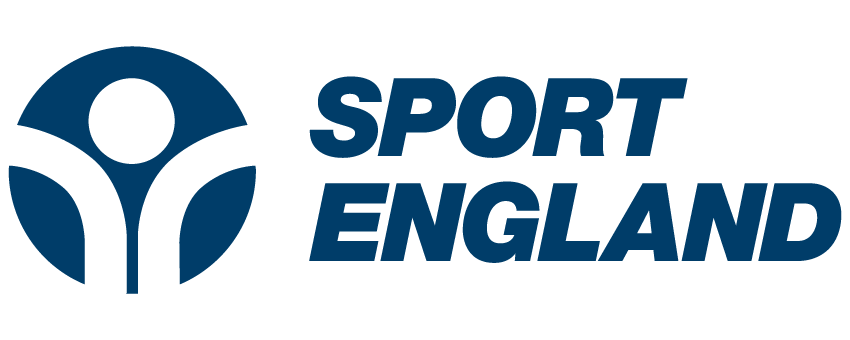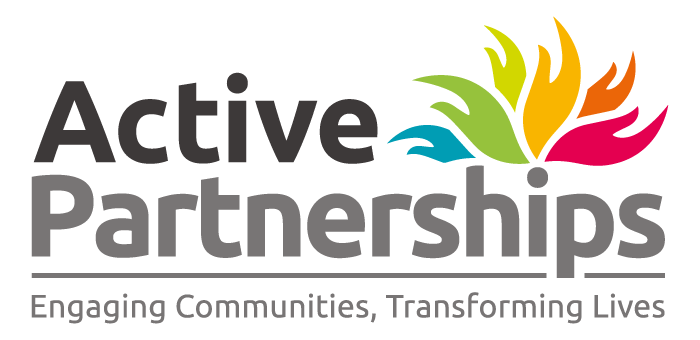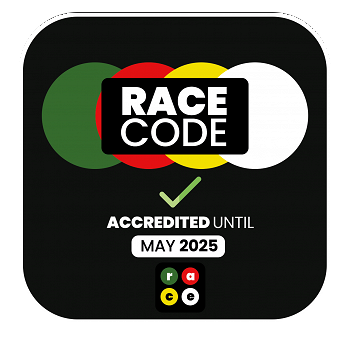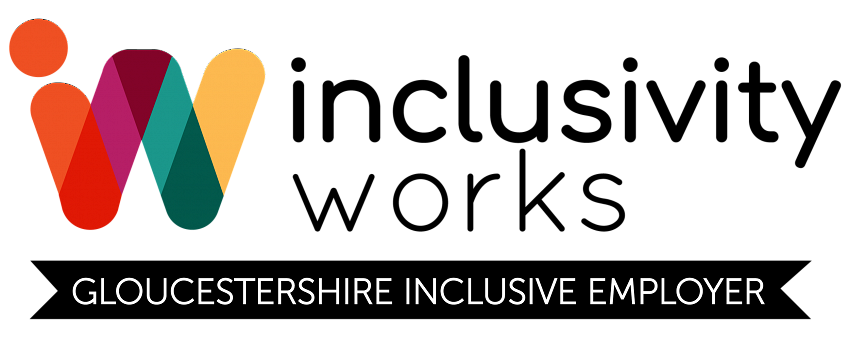Research behind we can move
City Works, Alfred Street, Gloucester, United Kingdom, GL1 4DF
A need to get people moving
Physical inactivity now kills as many people as smoking and was found to cost the NHS Clinical Commissioning Groups £455 million in 2013-2014 nationally, and £4.7 million in Gloucestershire*.
Many major health issues in the UK can be avoided through increased physical activity.
Regular activity can reduce:
- risk of hip fractures by 68%
- type 2 diabetes by 40%
- heart disease by 35%
- depression by 30%.
For children and young people, regular physical activity is associated with improved learning and attainment, better mental health, a cardiovascular fitness and contributes towards a healthy weight.
20.8% of adults in Gloucestershire are inactive and a third don’t do enough to benefit their health and there are significant inequalities in activity levels amongst different groups:
- 27% of people aged over 55 years old are inactive
- 26% of people living in the areas amongst the 20% most deprived in the country are inactive
- 23% of people from black and minority ethnic groups are inactive
- 34% of people with life-limiting disabilities are inactive**.
Focussing our effort on those who are least active will bring the biggest step change in health and wellbeing
Our theory of change; a whole system approach
Previous strategies invested in programmes that did not engage inactive people. Active Gloucestershire consulted extensively over two years with 200 organisations and 500 individuals, from physical activity experts to programme beneficiaries.
In April 2018 we launched a new whole system approach called we can move based on our new theory of change.
Our new approach has three elements to help us reach those who are least active.
1. Help people change their life-limiting behaviour to get and stay active
Our we can move approach uses the latest behaviour change approaches to create a culture of daily physical activity. We are using expert tools, including University College London’s ‘Behaviour Change Wheel’ and the EAST model.
We are piloting different approaches to understand barriers and motivations to being active and are using insight to evaluate our progress.
2. Make being physically active the ‘cultural norm’
At its core, we can move will be energised and delivered through a social movement.
Working with experts Social Change Agency and Practical Governance, we have developed a strategy that will engage friends, families, schools, employers, neighbourhood groups and professionals to help influence the way we think and feel about being physically active. This is enabled by key changes in how we work and communicate including relationship building and capturing a unifying movement brand and communication tools.
3. Tackle the barriers that prevent people getting or staying active (the system we live in)
We have mapped the system in Gloucestershire that affects people’s physical activity levels, gaining insight into the barriers and enablers.
Our work has begun in influencing those who affect policy and practice on our environment, from workplaces to travel options.
To find more about our work, read our impact report and get in touch.
—
* Physical inactivity: economic costs to NHS clinical commissioning groups
** Sport England Active Lives Survey November 17/18








